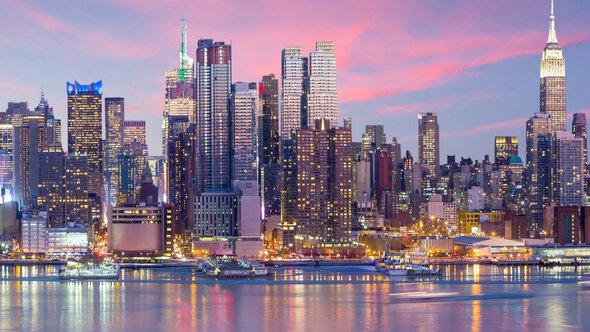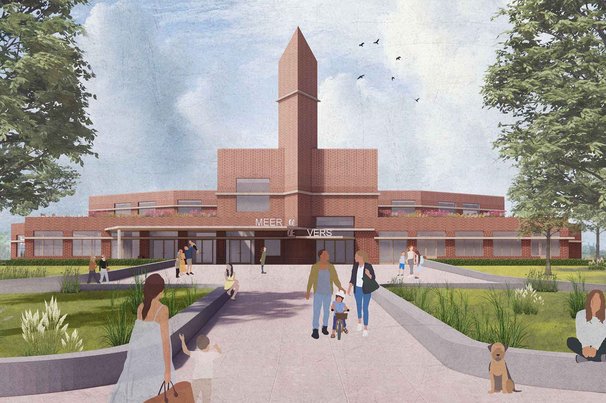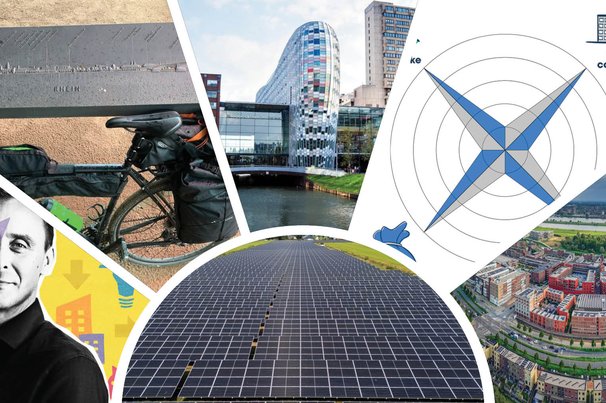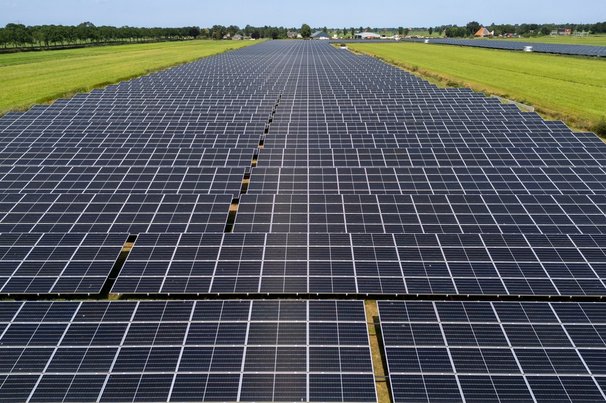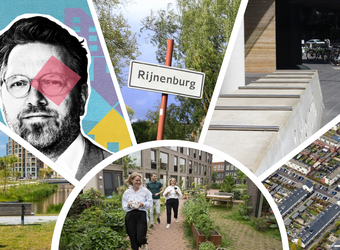Nieuws “God created the earth, but the Dutch created Holland”. The struggle against the water is - quite literally - the raison d’être of the Dutch. With all the knowledge we possess on water management, it comes as no surprise that the Netherlands have been asked to aide the US on its fight against the water in the areas hit by hurricane Sandy.
After Sandy caused tremendous damage to large parts of New York and New Jersey, president Obama initiated the Hurricane Sandy Rebuilding Task Force, in order to coordinate the reconstruction of the affected areas. Henk Ovink, a high-ranking Dutch official is now an advisor for the American secretary of Housing and Urban Development. Ovink organised an idea-competition with the aim to garner creative solutions from designers, engineers and other scientist: Rebuild by Design. Ten teams have been selected, among whom there were a lot of Dutch organisations, such as ZUS, Deltares and OMA. TU Delft, along with other Dutch and American partners, takes part in one of those teams, Interboro Partners. Within this team the TU Delft cooperates with dutch firms Palmbout Urban Landscapes, H+N+S Landscape architects, Bosch and Slabbers Landscape Architects and the Rebel group.
The graduation studio “Delta Interventions” - which includes not just architecture and urbanism students, but also civil engineering students - has been linked to the project. Within the studio, students will chose an individual project and develop it. There are many alternatives and they are not bound to scale: from making a strategic design for the entire coastal region, designing a dam to protect the Hudson Bay, to realizing a design for a building that has a symbiotic relationship with the water.
The Netherlands has a long and extensive tradition when it comes to the combination of urban development and water management. What can Americans learn from us? Anne Loes Nillesen, organiser of Delta Interventions and currently doing PhD research on this subject: “What we have learned in the last few years is that you can’t just paste one system over another area. Each delta requires a custom approach.” The Dutch system and American system differ greatly. “The Dutch system aims to minimize the risk that a flooding takes place. Embankments and barriers have been implemented to keep the water away. But when these fail, the repercussions will be devastating.” The US strategy is to minimize the effects as much as possible. A flood is more likely to occur because the safety standards are lower, but there are a lot of measures in place to combat the effects, such as elaborate evacuation programs.
When one listens to Nillesen and Han Meyer, who are both leading the graduation studio Delta Interventions, you’ll be likely to get the impression that the Netherlands can learn from the American system as well. The term “layered security system” is mentioned. Such a system will not only manage the chance that a flood can occur, but also focuses on the effects in case catastrophe strikes. Such an effect-minimizing strategy can have a positive effect on spatial qualities. But there are more reasons to reconsider the approach to flood-safety, especially in urbanized areas. Sometimes it makes more sense to create more space for the river instead of enforcing the dikes. To illustrate, Meyer mentions the example of dike raisings, which will result in high barriers between the city and the river. Just one example of where safety is preserved at the expense of quality of living. With another security system it would be possible to enhance the relation between the city and the water. But alternative plans have quite often proven to be expensive. Meyer: “We have to look at the costs, but also take possible revenues into account. Maybe the land will be worth more if the view to the water is preserved. The tricky part is that these kinds of revenues are difficult to express in hard numbers. It is so much easier to calculate the costs of dike-raising per meter.”
Meyer puts forward the example of Nijmegen, where the “Ruimte voor de Rivier” (“Room for the River”) programme was implemented. Instead of raising the dike once more, an approach was chosen where the river’s width could be expanded. In order to make it happen, an entire neighbourhood that had been planned had to be moved and redesigned. Meyer: “At first the Nijmegen city counsel didn’t like the idea at all. A lot of water had to pass under the bridge before they finally agreed on it [laughs].” Meyer refers to a recent interview with the alderman of Nijmegen who said he was very happy with the way it eventually turned out. It improved the quality of the place, both for the neighbourhood that was redesigned, and for the city. A whole new park was realised next to the river. The Waal became much more a part of the city.” It is examples like these that the team can use for their assignment in New York. “This way of thinking can get you very far in the New York delta.”
Anne Loes Nillesen and the students attending the Delta Interventions studio have just returned from an excursion to the area. Nillesen: "We visited several locations in the New York and New Jersey region and are inspired to work on qualitative flood risk solutions for the area”.
Cover: ‘New York City’ door phototrip2403 (bron: Shutterstock)
